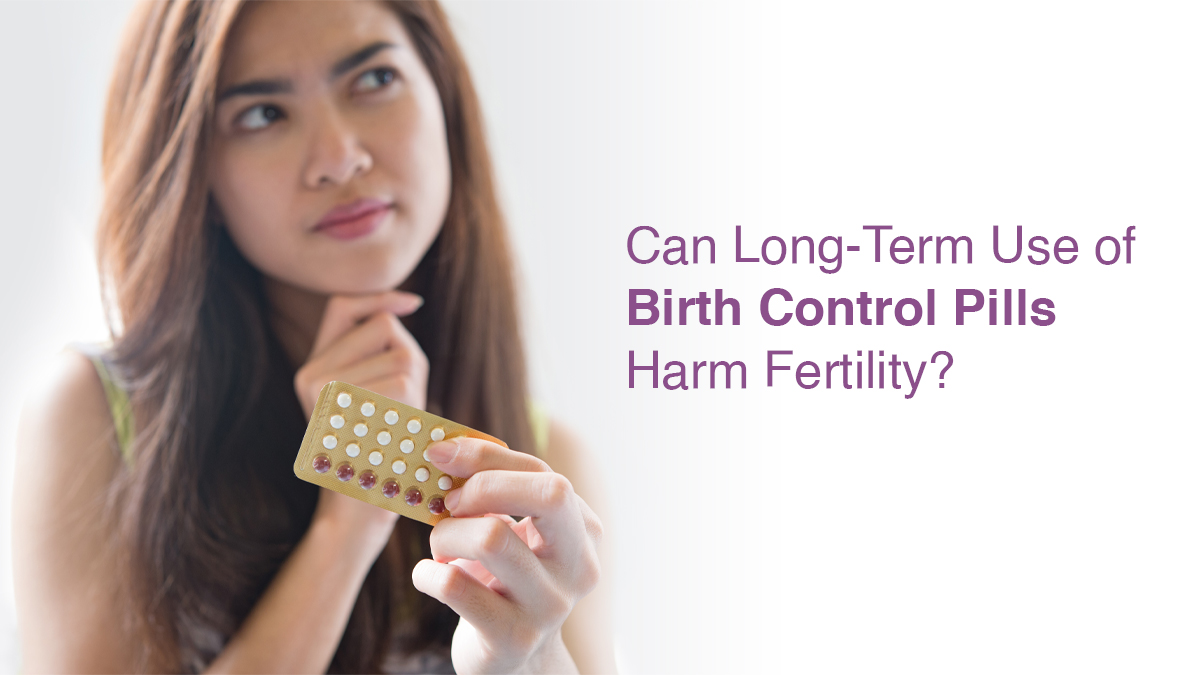
15 Common Pregnancy Myths and the Truth Behind Them

Pregnancy is beautiful, but you hear a lot of myths and old wives’ tales during the entire journey. These attempts, though with good intentions, can often create excess stress and confusion (especially for first-time parents). In this article, we will set the record straight about 15 myths about pregnancy, so you can feel more informed instead of being afraid.
Myth 1: The Shape of Your Belly Can Predict the Baby’s Gender
Many believe a high or low belly or even carrying wide vs. narrow can hint at whether you’re having a boy or a girl. In truth, the shape of your belly depends on physical changes during pregnancy, such as your baby’s position, muscle tone, and body shape, and not gender.
Myth 2: Eating for Two Means You Need to Double Your Food Intake
This is one of the most misleading myths during pregnancy. You only need about 300 extra calories a day in your second and third stages of pregnancy. Focus on healthy, balanced food during pregnancy to support your baby’s growth—more is not always better.
Myth 3: An Occasional Glass of Wine is Safe During Pregnancy
There’s no known “safe” amount of alcohol during pregnancy. Alcohol can affect your baby’s brain development at any stage of pregnancy. It’s always best to avoid it entirely to protect your baby’s health.
Myth 4: Drinking Coffee Should Be Completely Avoided
You don’t have to say goodbye to coffee altogether. Up to 200 mg of caffeine a day—about one cup—is considered safe. However, since hormones during pregnancy affect how your body processes caffeine, moderation is key.
Myth 5: If You’re Over 35, Your Pregnancy Will Be Risky
While it’s true that being over 35 is considered advanced maternal age, it doesn’t automatically mean complications. With proper care and regular checkups, women over 35 often have healthy pregnancies and deliveries. Fertility may decline, but many conceive naturally or with help.
Myth 6: If You’ve Had a C-Section Before, You Can’t Have a Vaginal Birth
This is outdated thinking. Many women go on to have a successful vaginal birth after cesarean (VBAC). The decision depends on your health, baby’s position, and the type of C-section previously done.
Myth 7: All Bleeding in the First Trimester Indicates a Miscarriage
Light spotting in early pregnancy can be due to implantation or hormones during pregnancy. While bleeding should always be discussed with your doctor, not all bleeding is a sign of miscarriage.
Myth 8: Creams and Serums Can Prevent Stretch Marks
Let’s bust this one clearly: pregnancy and stretch marks go hand-in-hand for many women due to skin stretching and hormones during pregnancy. Creams may help reduce itchiness or improve skin elasticity, but they can’t prevent them entirely. Genetics also play a role.
Myth 9: Eating Spicy Food Can Induce Labour
There’s no medical proof that spicy food during pregnancy brings on labour. It might cause heartburn, especially in late pregnancy, but it won’t speed up delivery. Always consult your doctor if you’re near or past your due date.
Myth 10: Pregnant Women Shouldn’t Exercise
Unless your doctor advises against it, moderate exercise is safe and encouraged. It can ease common physical changes during pregnancy, like back pain and swelling, and even help with labour and recovery. Just avoid contact sports or risky movements.
Myth 11: You Shouldn’t Fly While Pregnant
Air travel is generally safe until 36 weeks if your pregnancy is healthy. However, long flights increase the risk of blood clots, so stretch, stay hydrated, and wear compression socks. Always check with your doctor before booking.
Myth 12: Eating Saffron or Oranges Can Make Your Baby Fairer
This is another one of those beauty-related myths during pregnancy. Skin colour is determined by genetics, not food during pregnancy. While saffron and oranges are healthy in moderation, they won’t change your baby’s skin tone.
Myth 13: All Mothers Feel Happy and Emotionally Fulfilled After Childbirth
Not everyone experiences instant joy after delivery. Baby blues and postpartum depression are real and can affect how a mother feels. It’s okay to seek help. Hormones during pregnancy and after birth can affect mood greatly, and talking about it is important.
Myth 14: You Don’t Need to See a Gynaecologist After Delivery
Your postnatal health matters as much as your prenatal care. Your body undergoes major physical changes during pregnancy and even more after childbirth. Regular follow-ups help monitor recovery, mental health, and future fertility plans.
Myth 15: Raising Your Arms Above Your Head Can Cause the Umbilical Cord to Wrap Around the Baby
This has no scientific basis. The umbilical cord may wrap around the baby due to fetal movement, not your arm position. Daily activities like stretching or reaching are perfectly safe unless your doctor advises otherwise.
Conclusion
Pregnancy is filled with emotions, changes, and lots of advice—some true, some not. It’s important to separate facts from myths during pregnancy so you can make informed choices. Remember, every stage of pregnancy is different, and what matters most is your health and your baby’s well-being. Consult with the fertility specialists of the Oasis Fertility Clinic near you to understand more. You can also contact us on 1800-3001-1000 or use our live chat option for prompt assistance.


fill up the form to get a
Free Consultation
Avail 0% interest on EMI
All Procedures | No Upper Limit
How we reviewed this article:
- Current Version






